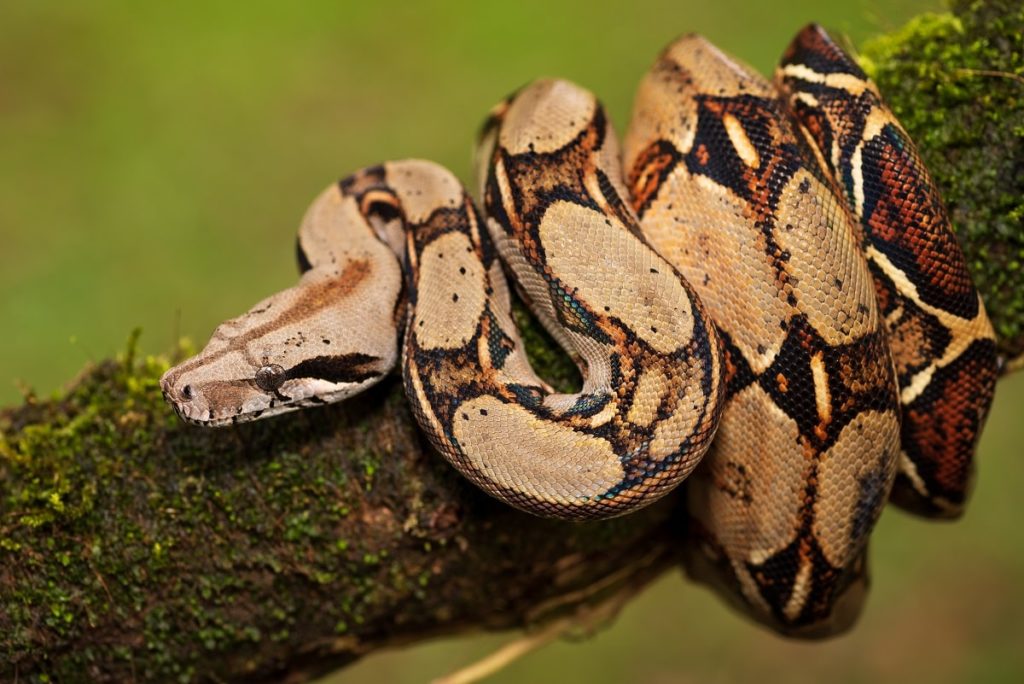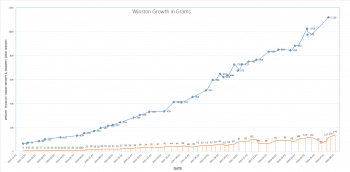

Change the water and clean the container if this occurs. Be sure to check on your boa regularly, as they will often defecate while soaking. Soak your boa in the container for up to an hour (two hours if you’re combating a particularly tough shed) and repeat as necessary. A few holes in the lid or sides of the container will provide ventilation. Do not place it directly over the belly heat or under a basking bulb. This will keep the water warm and the humidity high. Then place the container in your boa’s cage, positioned so the inside of the container has a warm side and cool side. Place a quarter-inch of warm water in an appropriately sized plastic container, and place your boa inside with a secure lid in place. A soak or two during the shed cycle will greatly help if you are experiencing low-humidity issues.

Shedding issues are usually a result of insufficient humidity.
Boa constrictor imperator feeding size chart skin#
If you notice retained skin on other areas of your boa’s body, you may need to adjust the humidity levels. Sometimes the skin simply tears before the shed is removed completely. This skin retention does not necessarily mean you have husbandry issues. If it’s sticking, usually a dip in warm water will make removal easy. If caught soon after the shed, this old skin is usually easy to remove by gently pulling the skin off. Young boas will sometimes retain a small piece of shed skin there. After a shed, be sure to check the tip of your boa’s tail. A boa that is constantly in the water bowl usually indicates the humidity is too low, the temperature is too high, or the boa has mites. This aids in shedding their skin, but usually occurs only when proper cage humidity is not being met. Young boas will often soak before or during a shed cycle. Disposable forms of water bowls, such as deli cups, are another option. Be sure to rinse thoroughly, and run the water bowl through your dishwasher monthly if possible. Be sure to scrub and rinse the bowl, using an antibacterial dish soap and hot water. Some boa constrictors will defecate or urinate in the water, which must be cleaned immediately if this occurs. Water must always be clean and should be changed as needed and the bowl cleaned. The humidity in the cage should be 60 to 70 percent use a hygrometer (humidity gauge) to track the percentage. This allows your boa a place to drink and helps provide the proper humidity for your boa. Never leave your boa unattended with live rodents.Ī water bowl is a necessity.

Even if the boa does constrict its prey, the rodent may bite before it is killed. If your snake does not kill its prey (boas will not eat if they are not hungry or are kept under improper conditions), the rodent may bite or even kill your boa. Pre-killed rodents are always best, whether they are frozen/thawed or freshly killed, because live rodents may harm your boa. If you purchase one that is eating live rodents, it will often take frozen/thawed prey that is presented from a pair of tongs. Most boa constrictors available as pets will be eating frozen/thawed prey. Once boas near adulthood, they will thrive while being fed every 10 to 14 days. Excessive feeding may lead to regurgitation, improper growth, and even premature death. Boas 2 years old and younger should be fed one appropriately sized rodent every seven to 10 days. Be sure you buy your rodents from a good source to prevent disease and mites. They need no additional food or supplementation. Pet boa constrictors should be fed only quality mice or rats. An established boa will handle a meal resulting in a small bulge just fine.


 0 kommentar(er)
0 kommentar(er)
